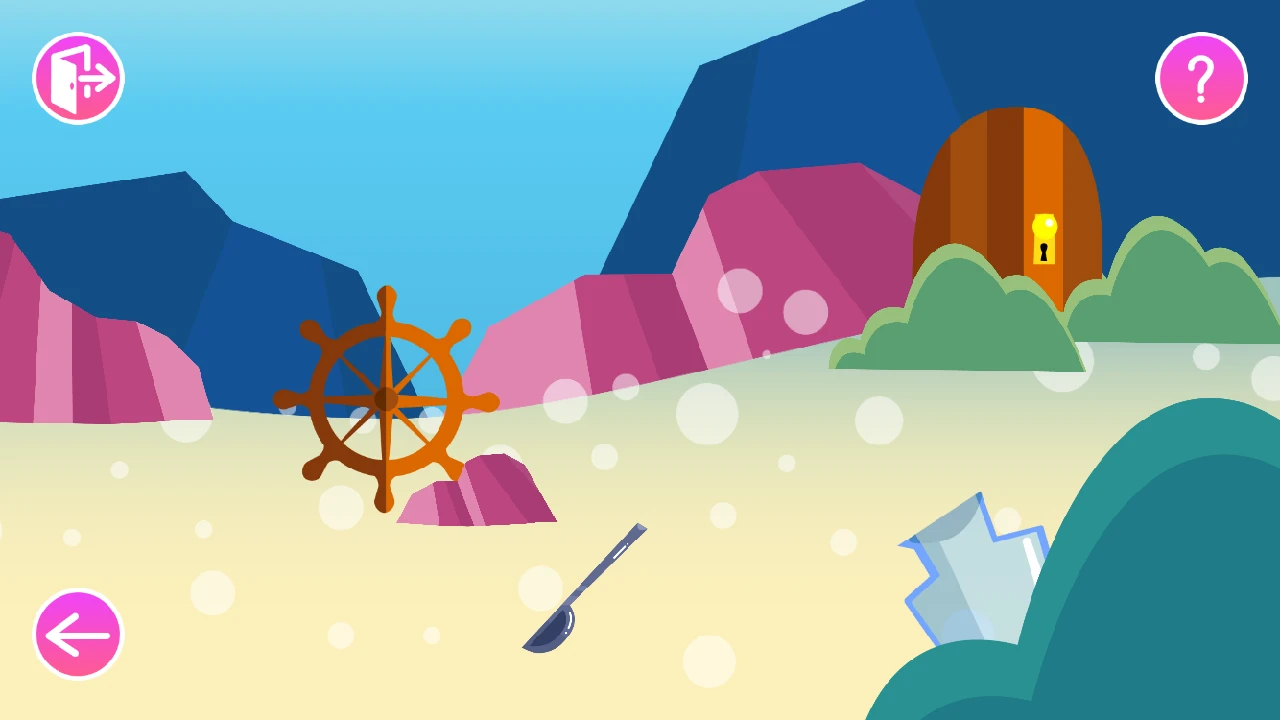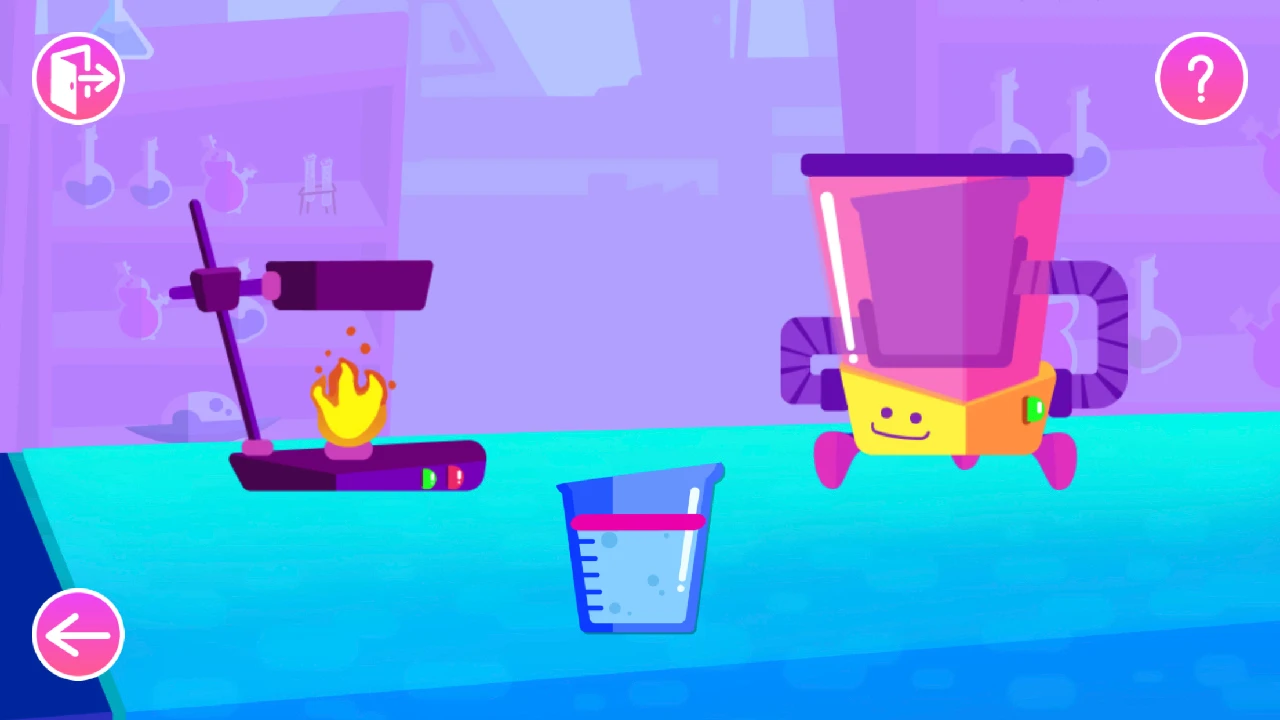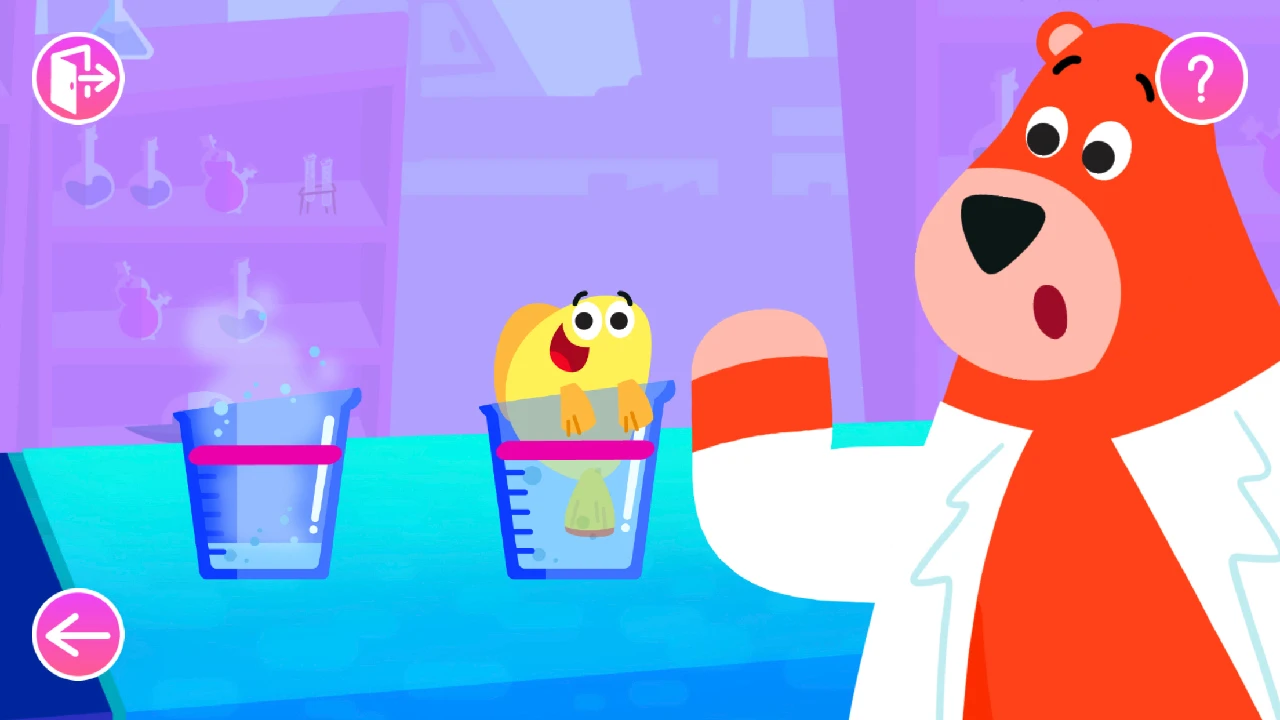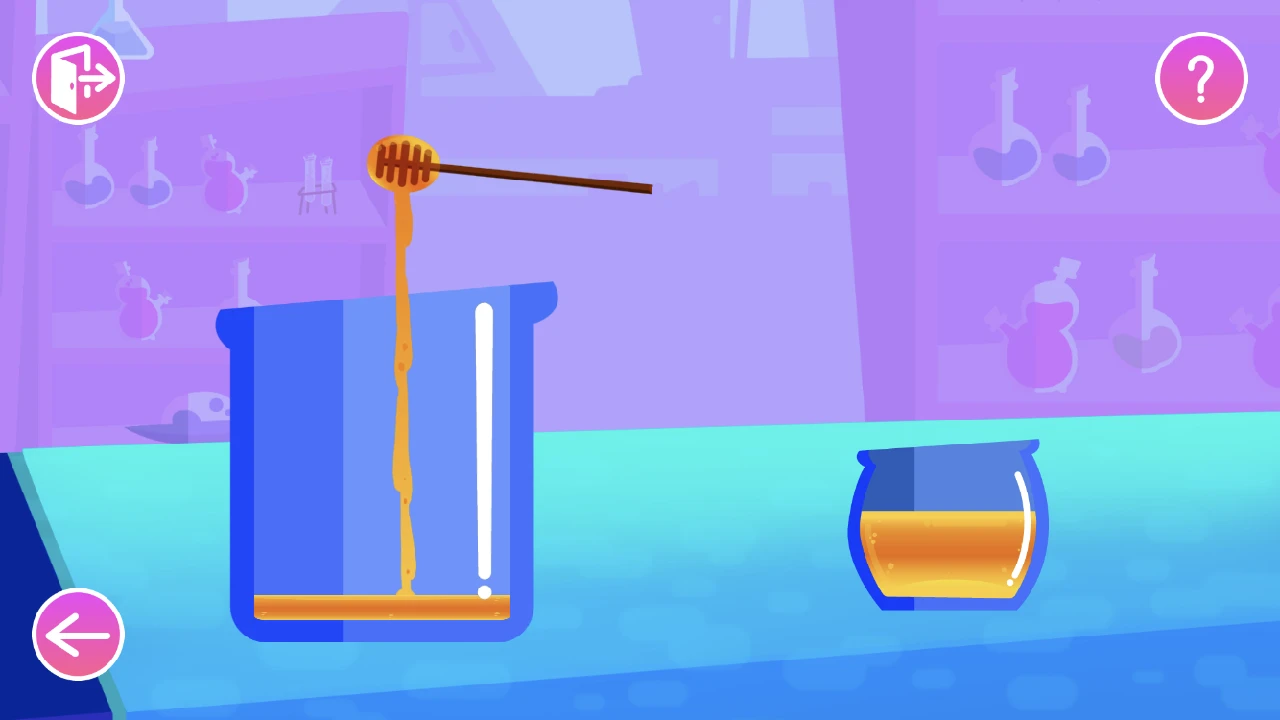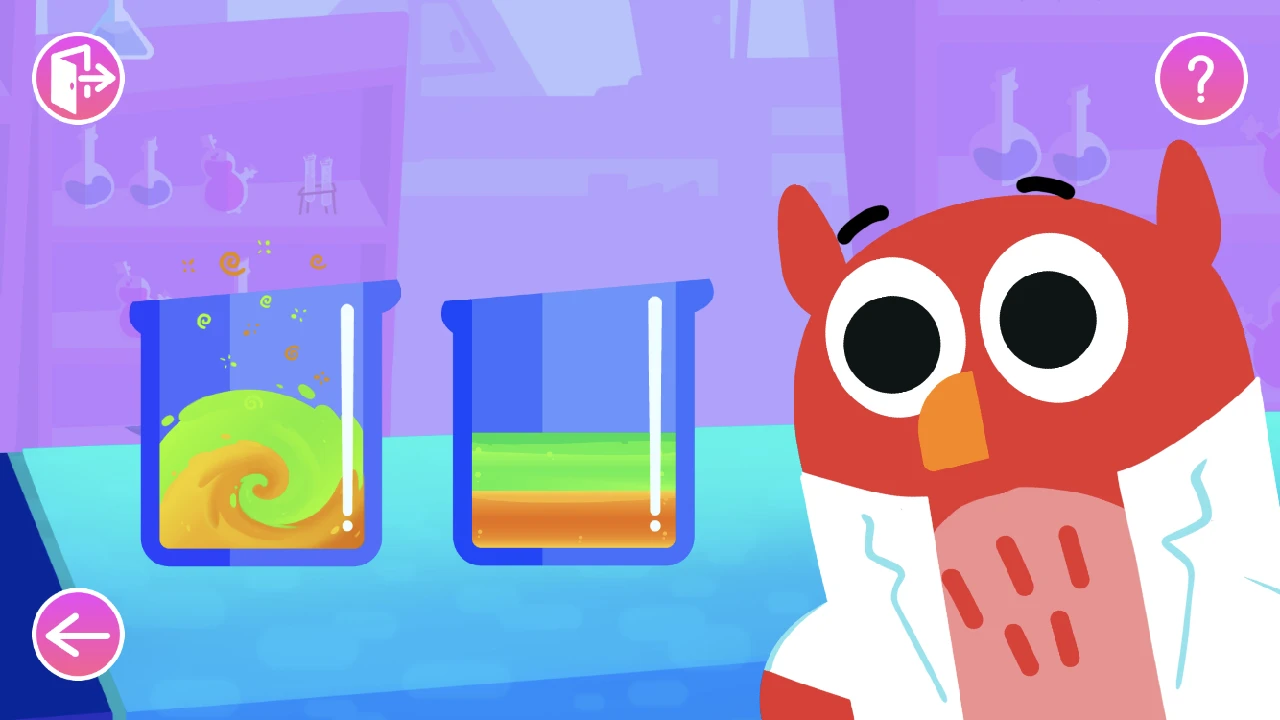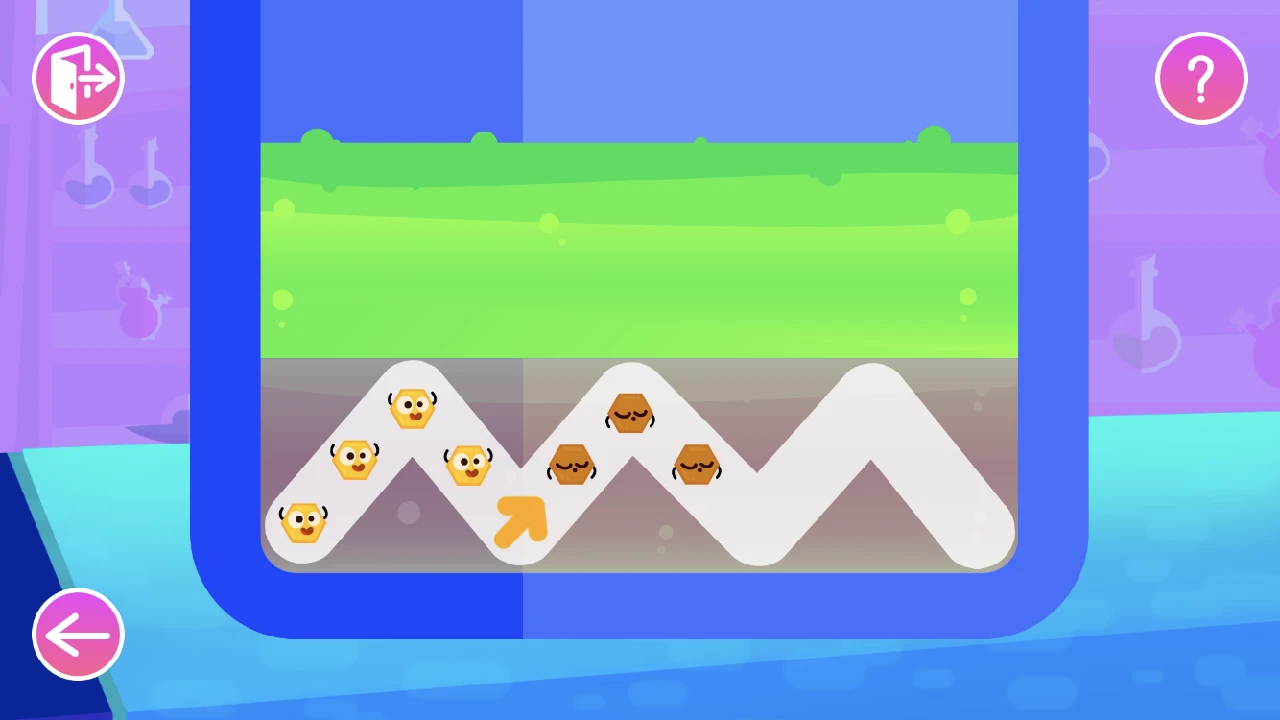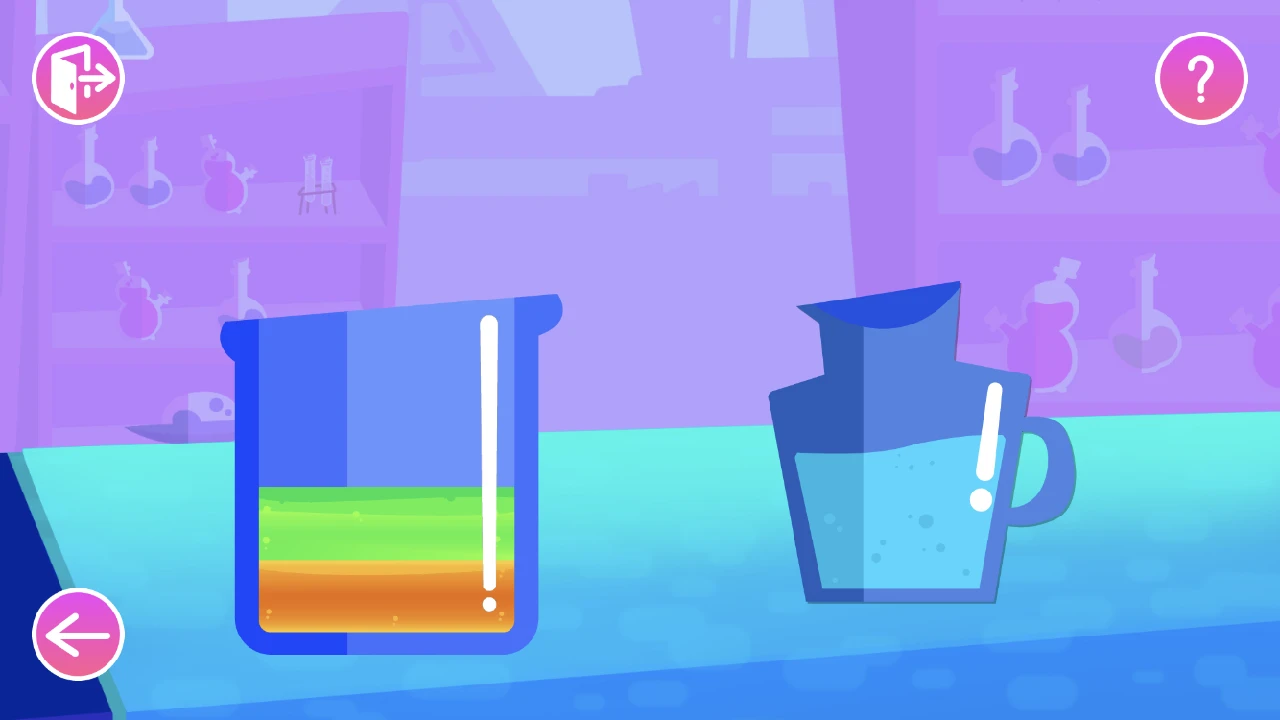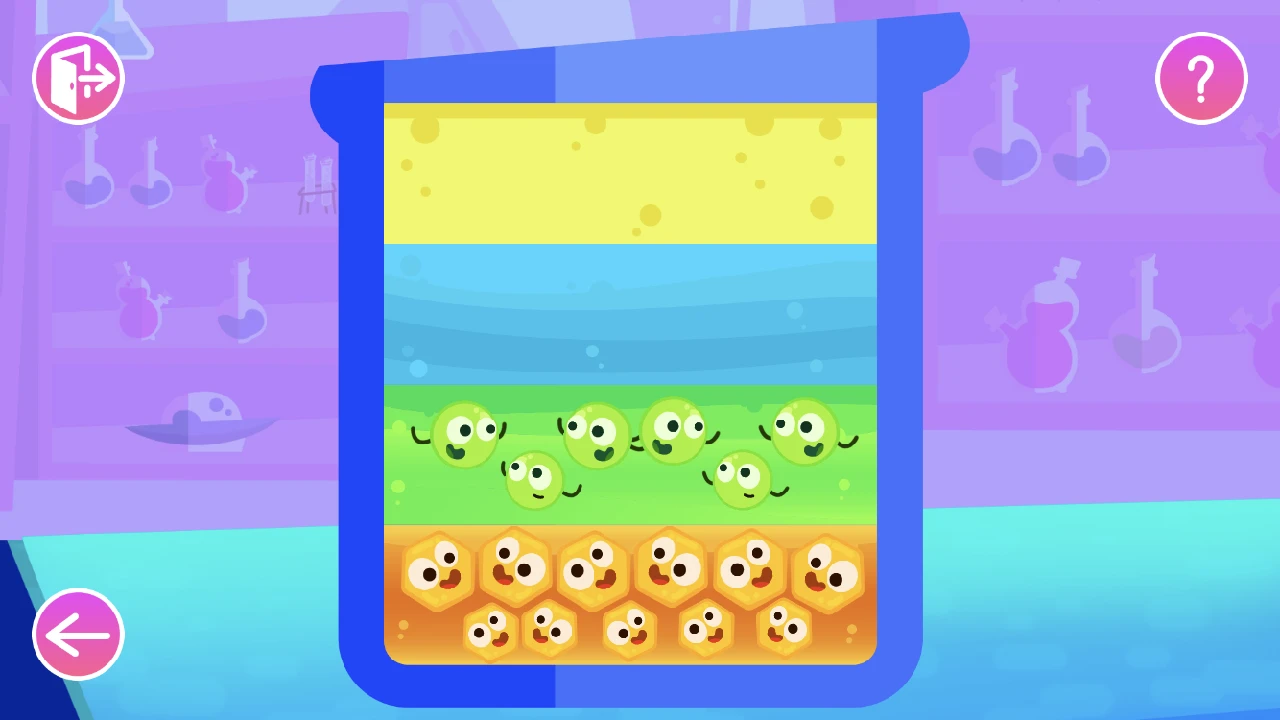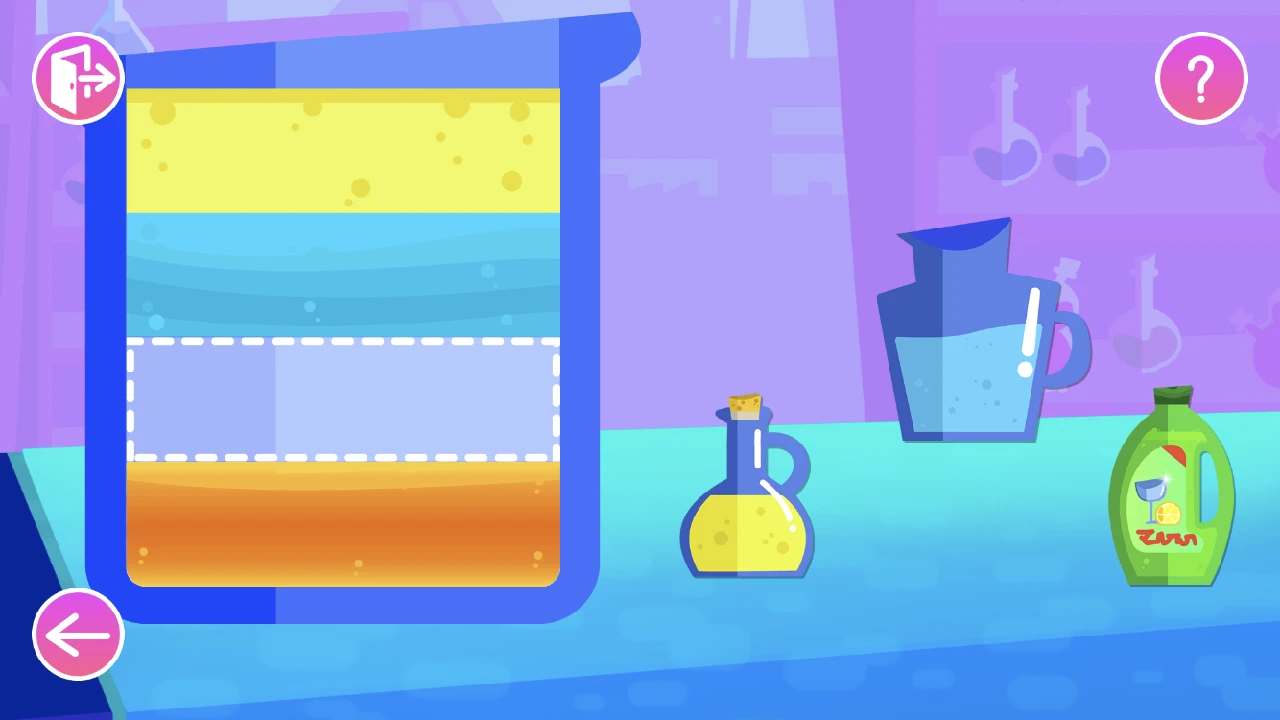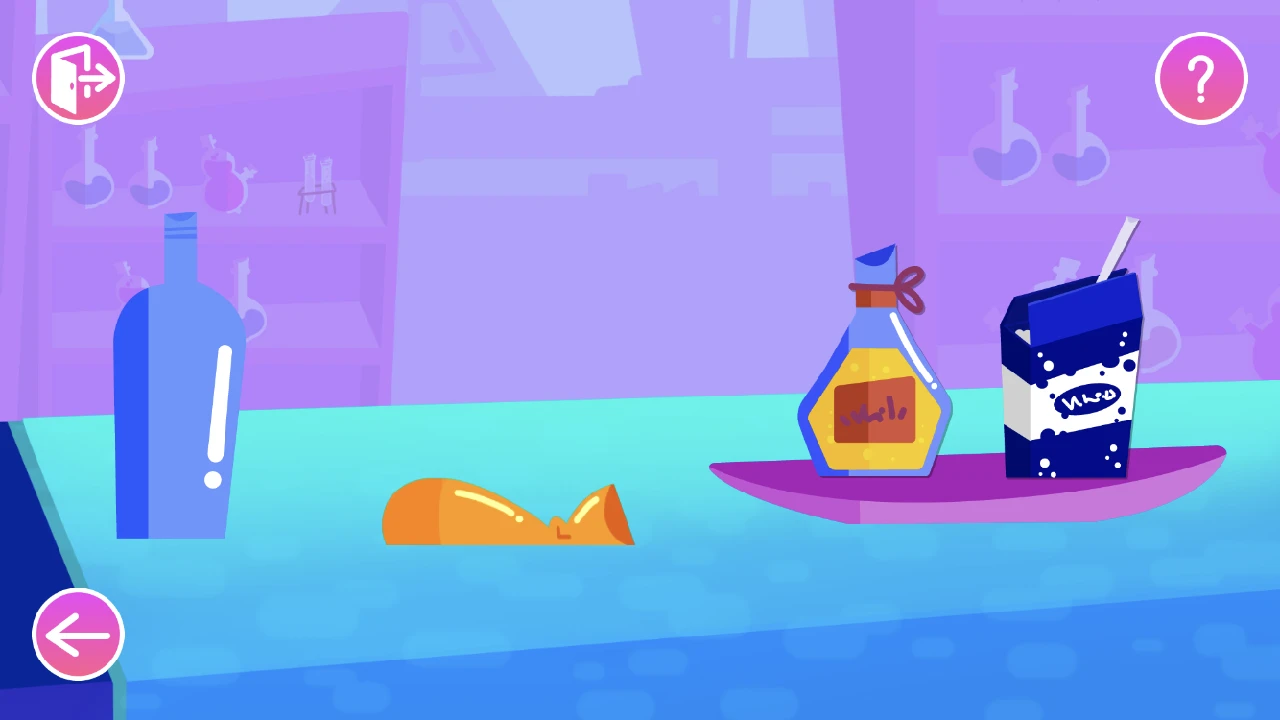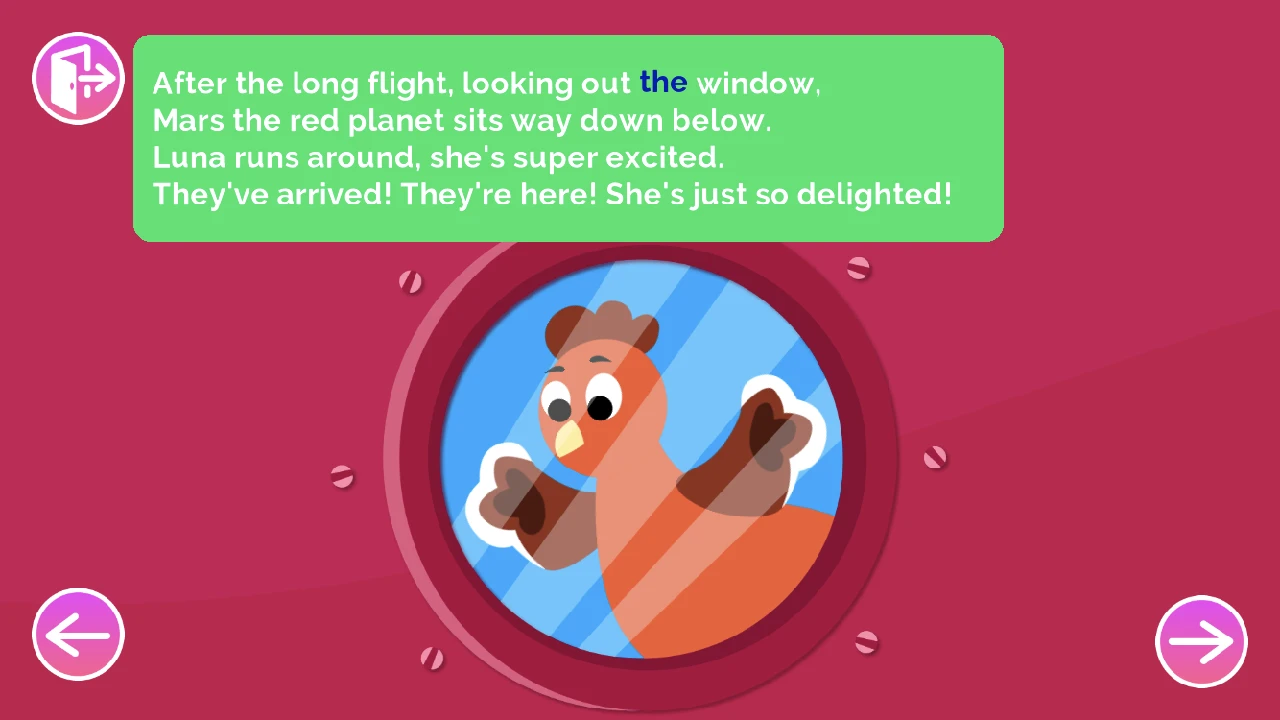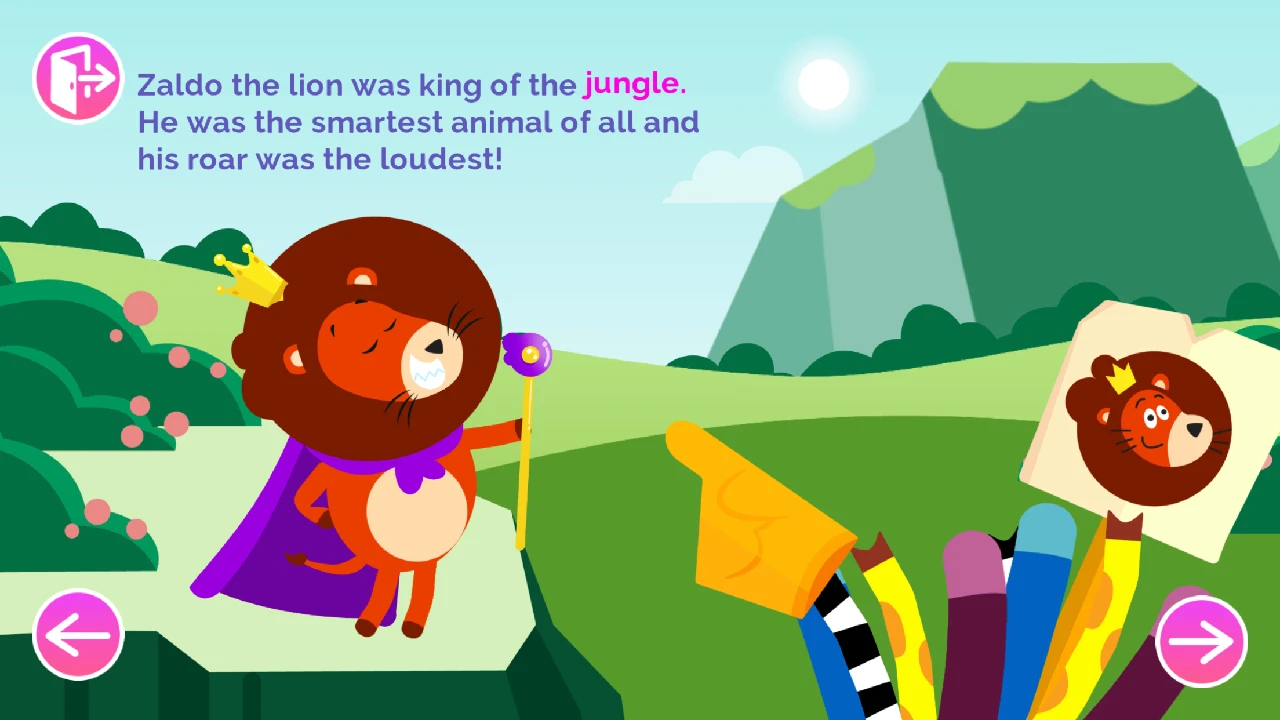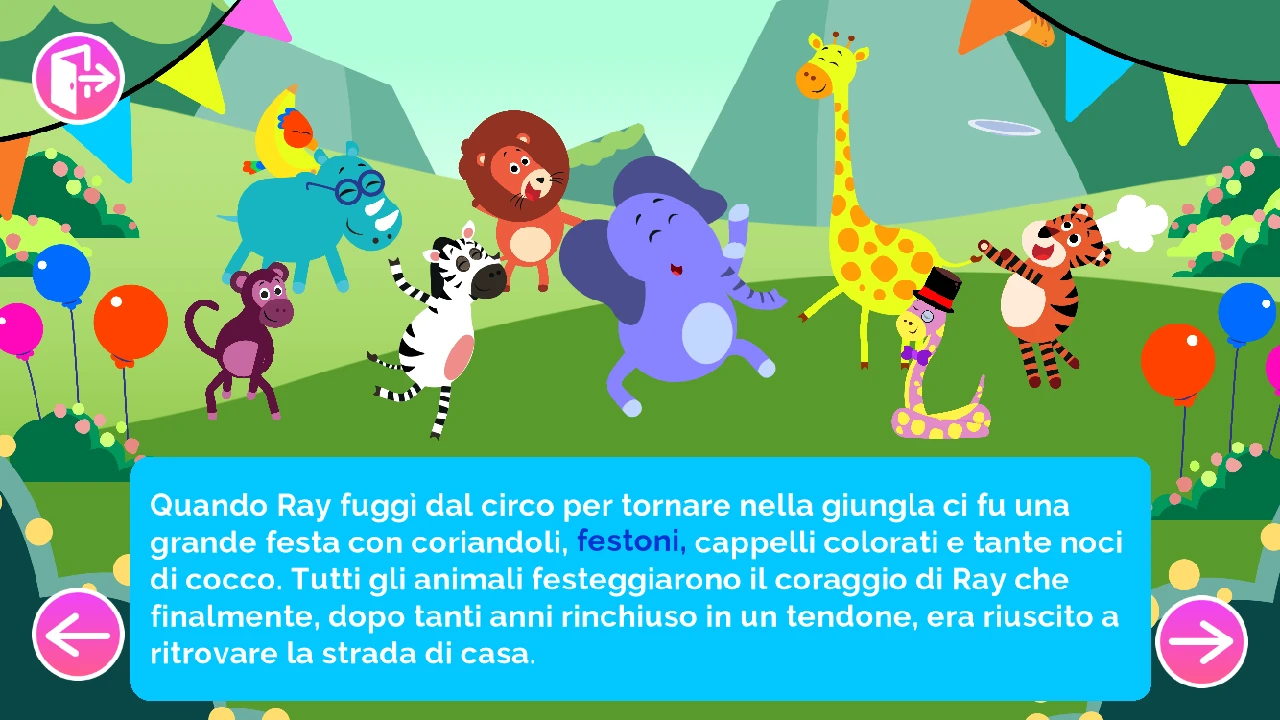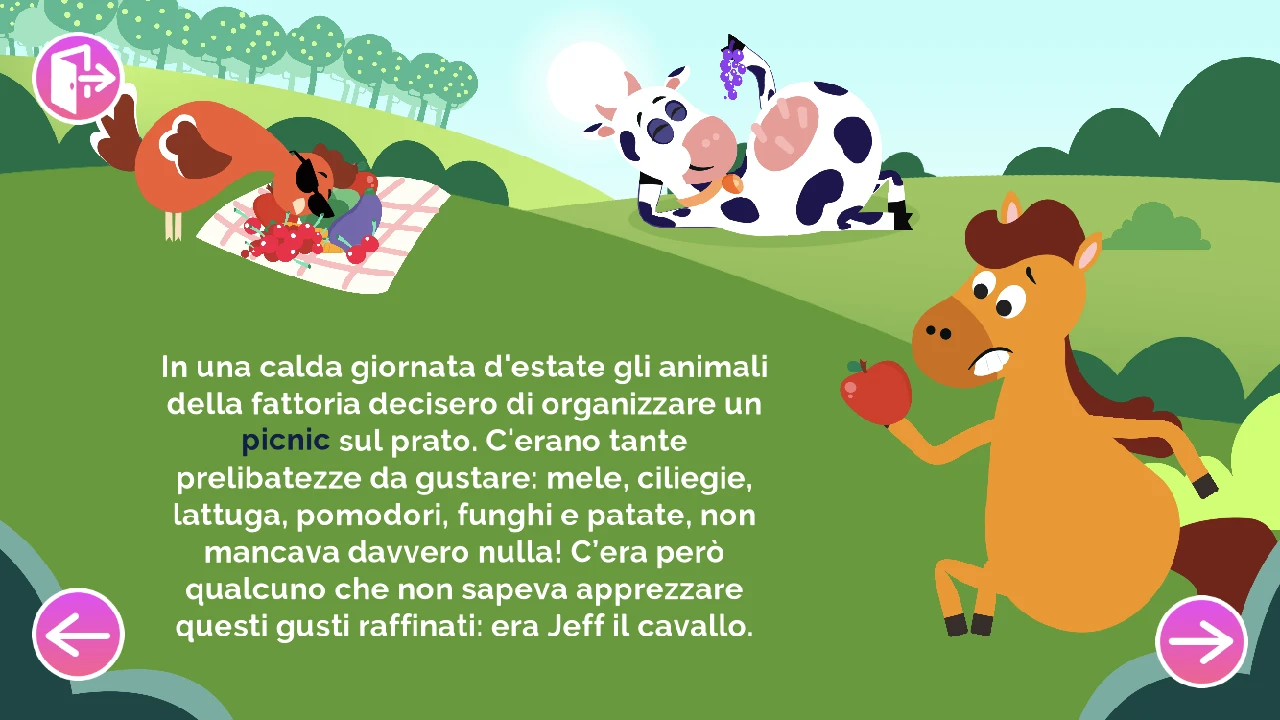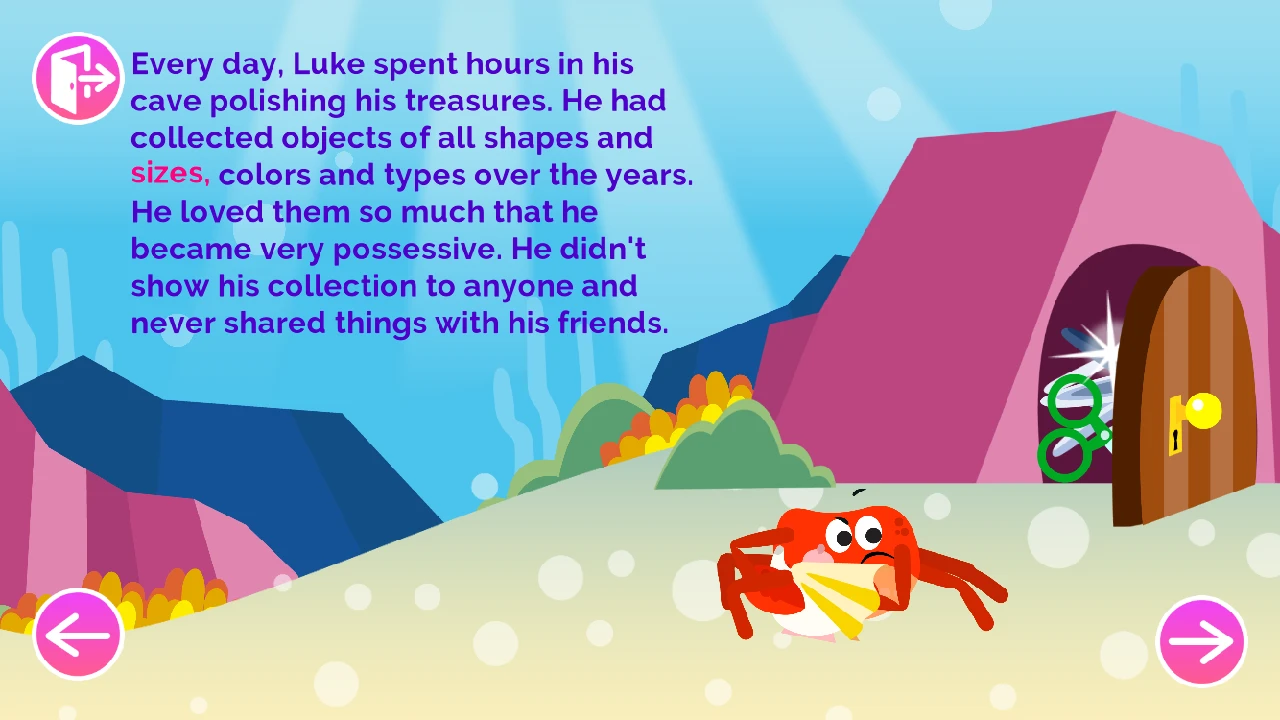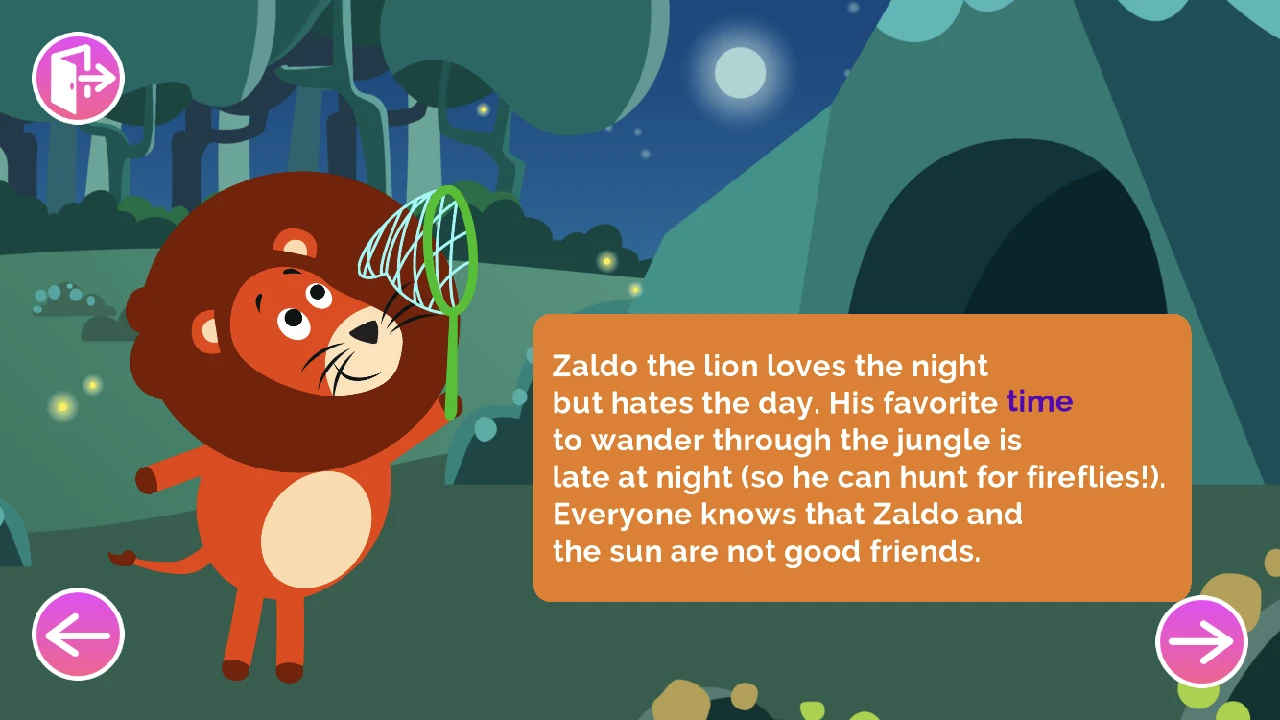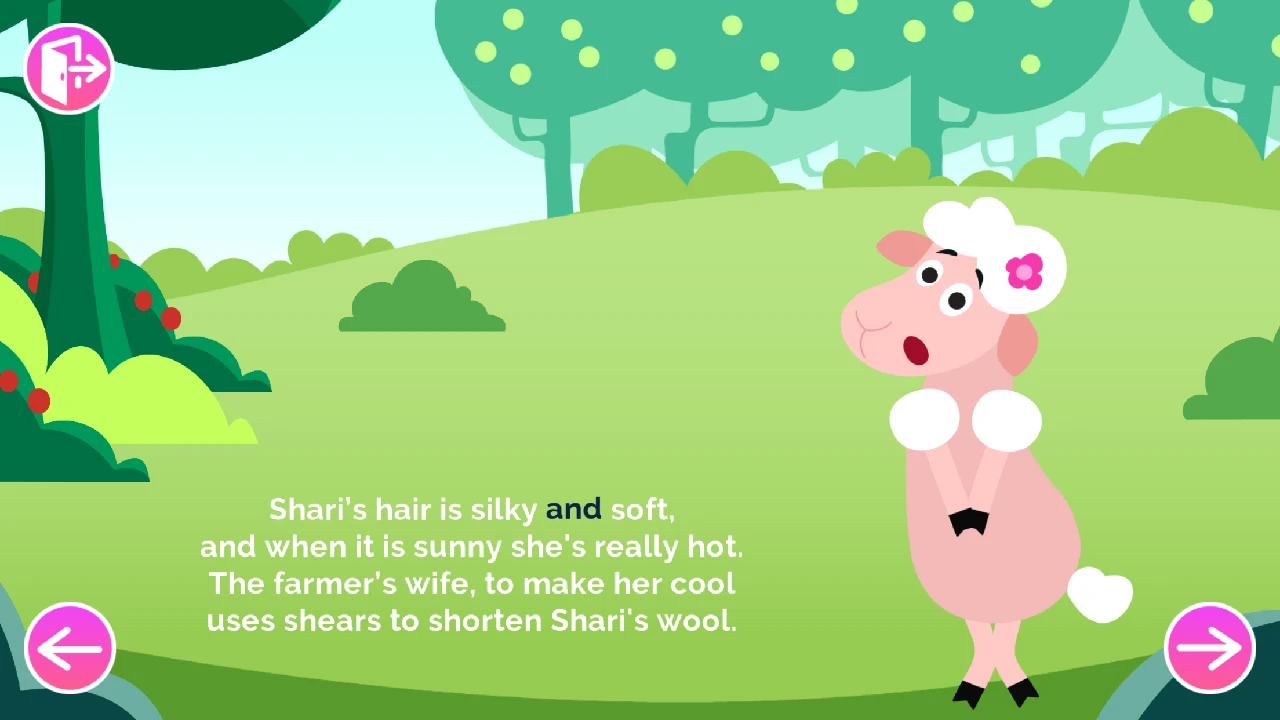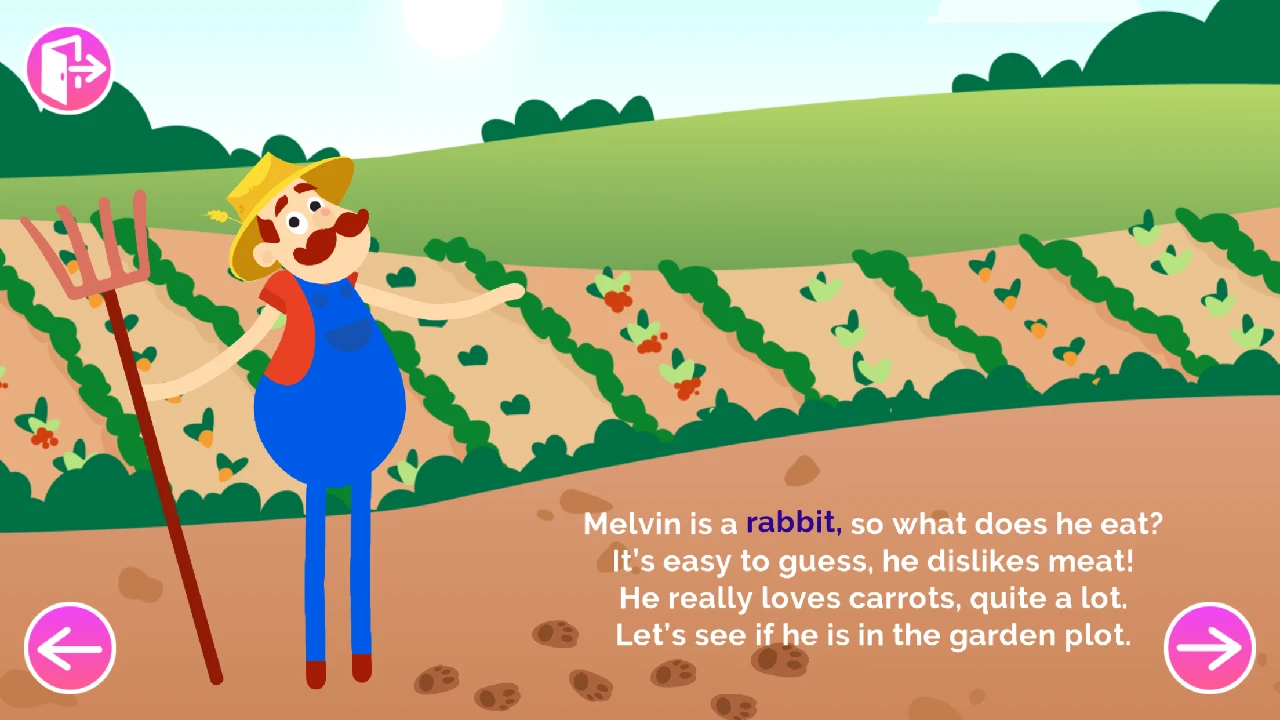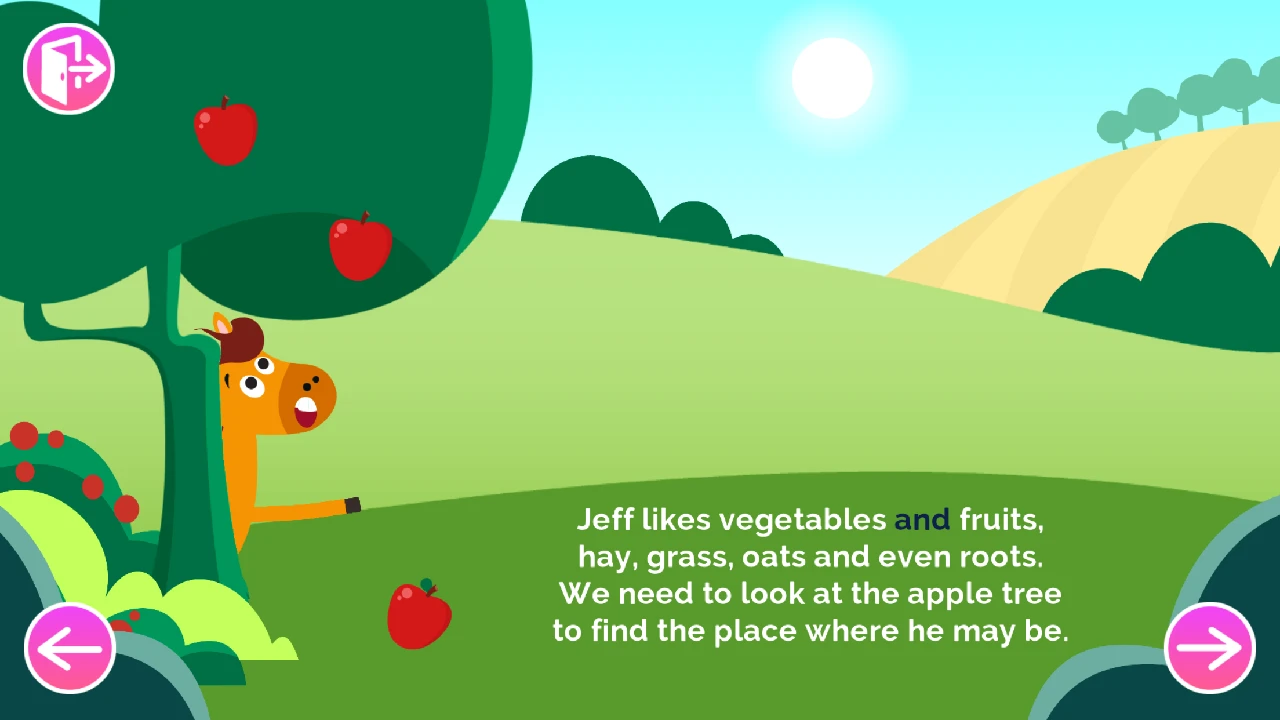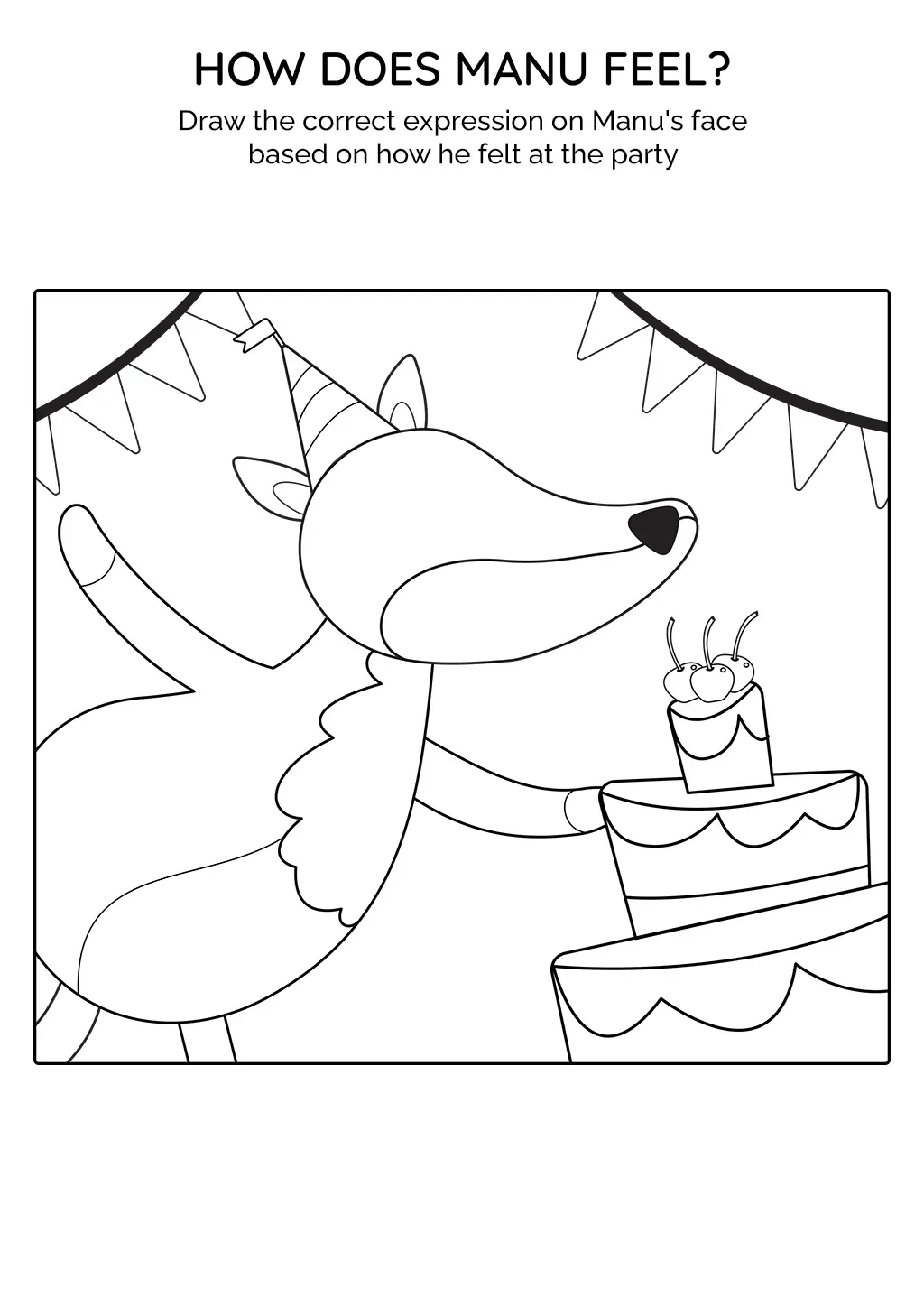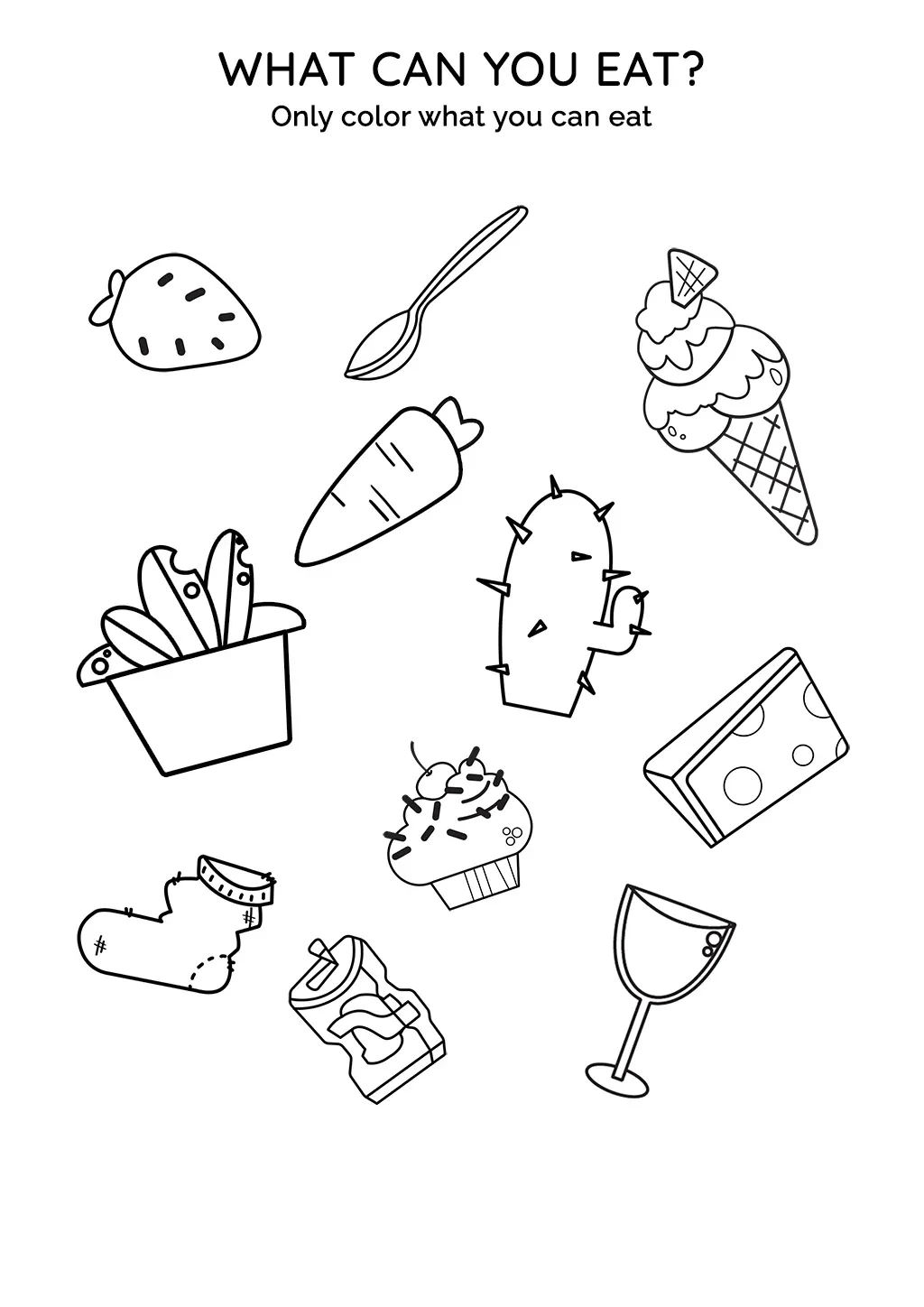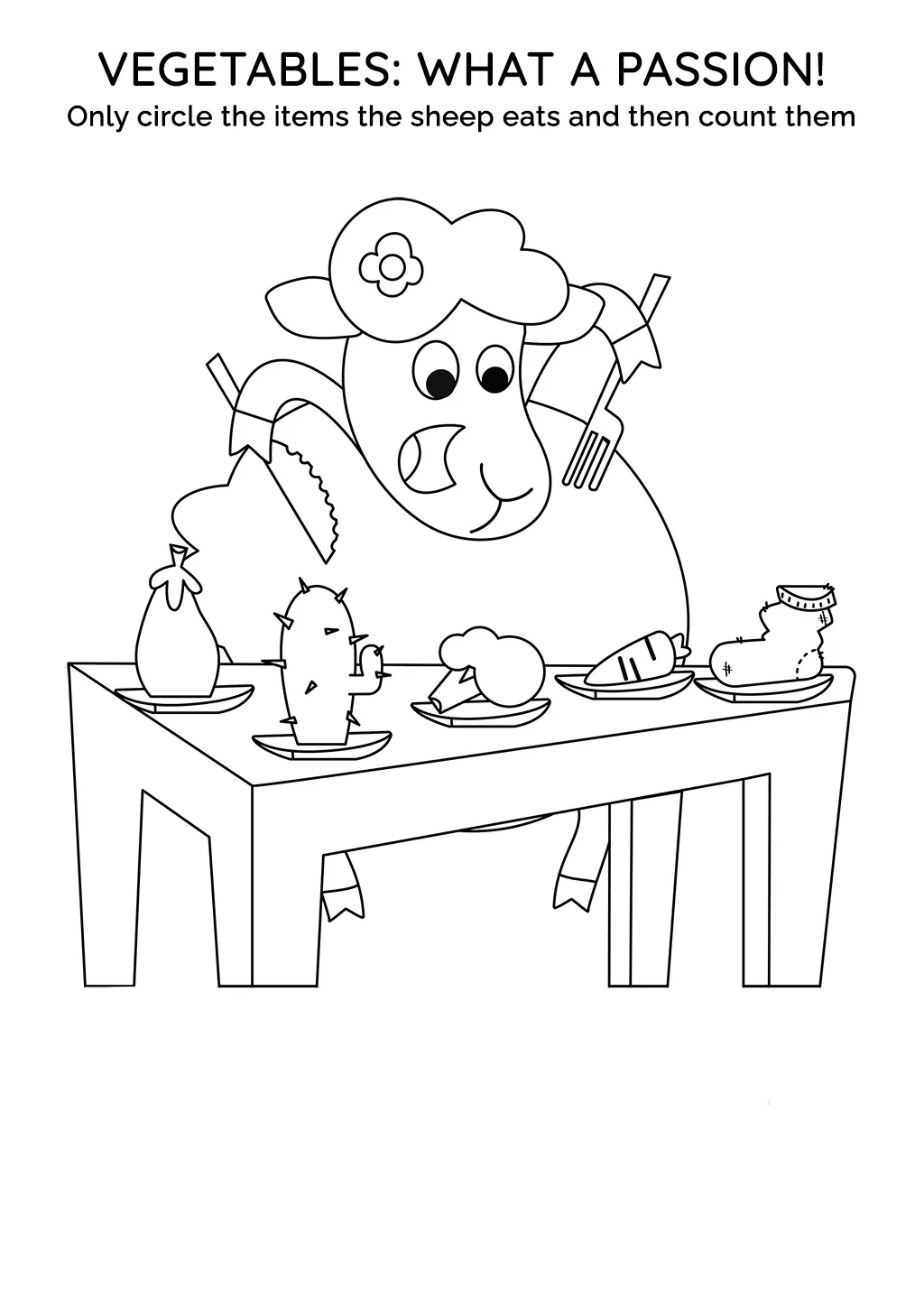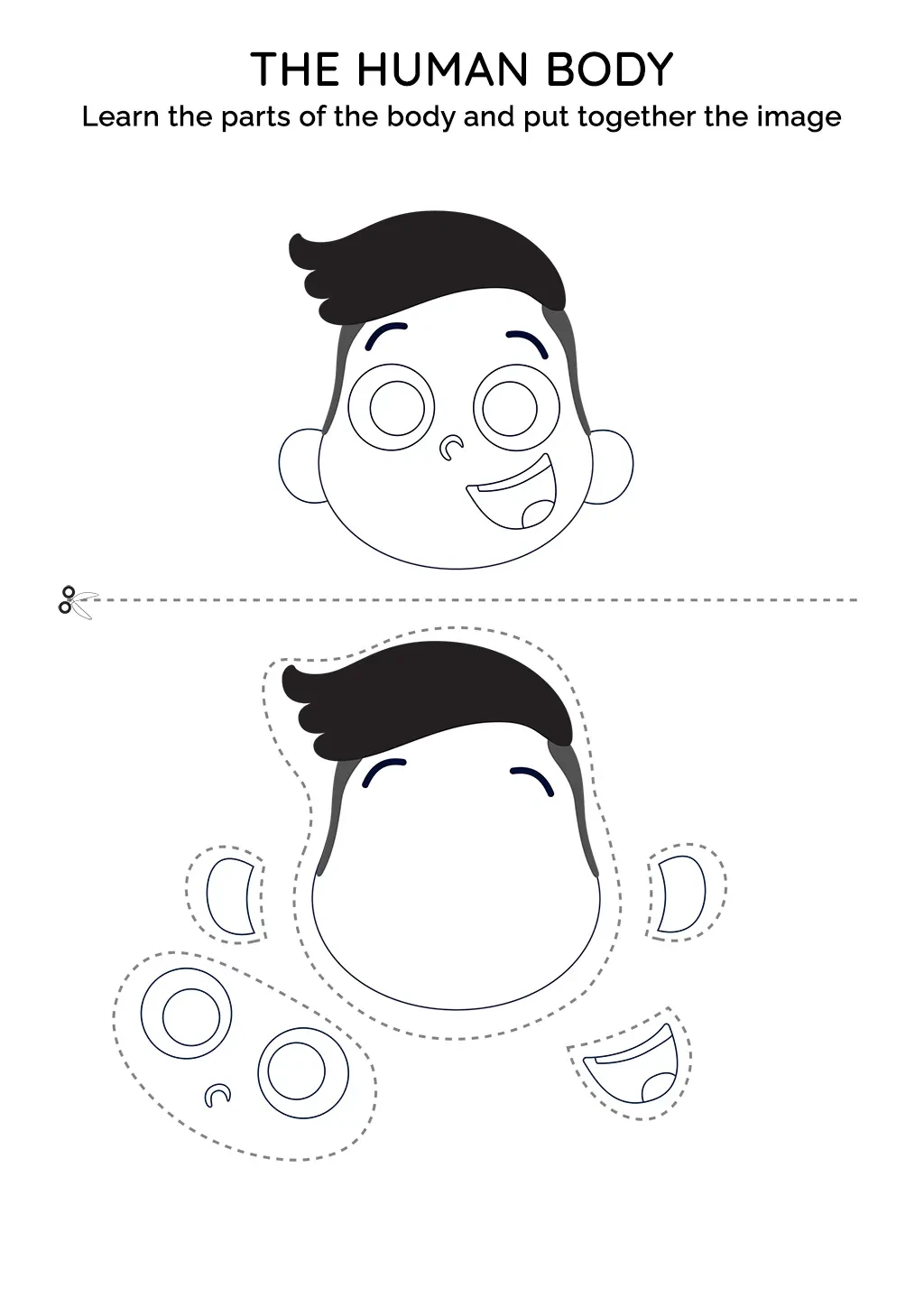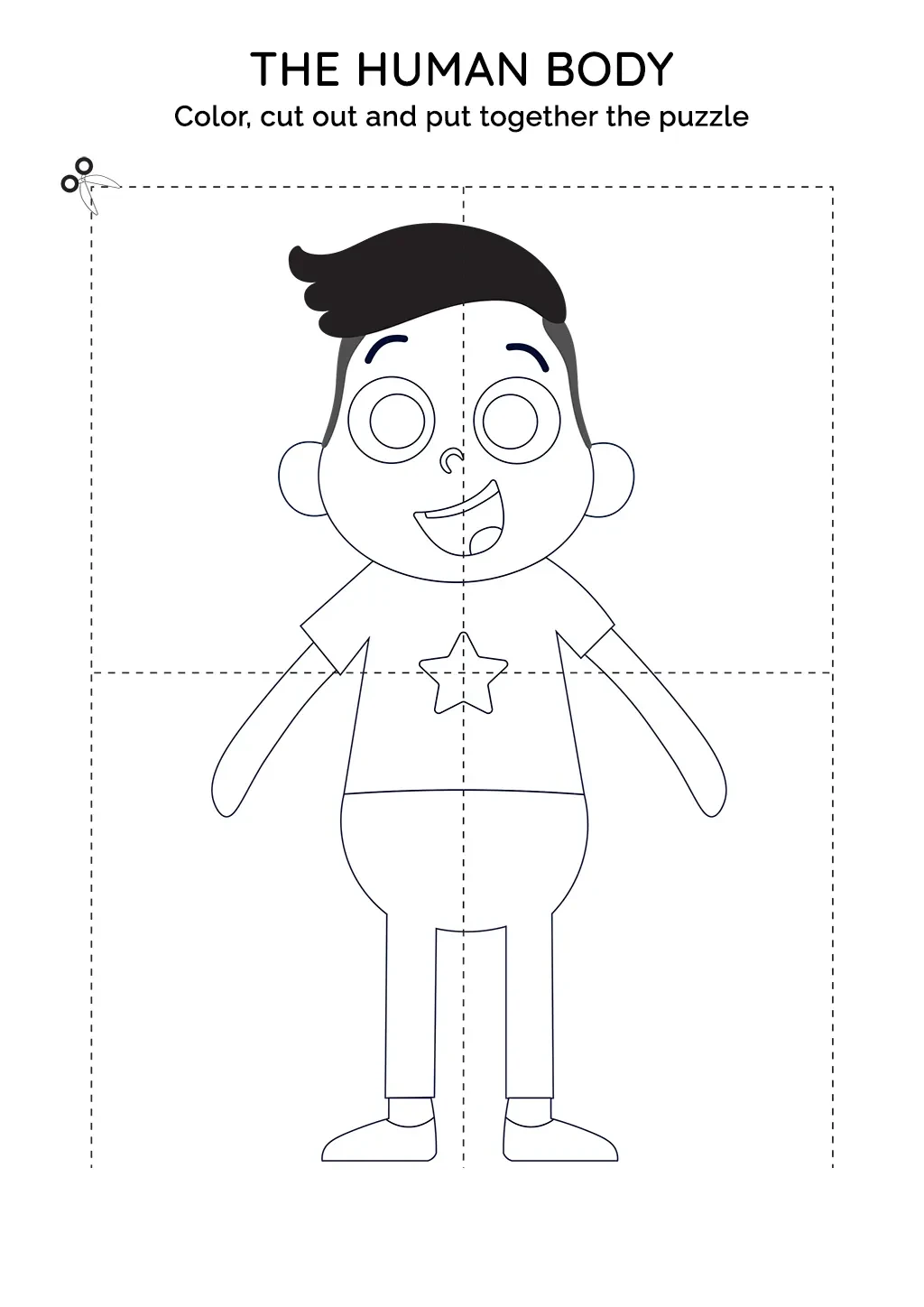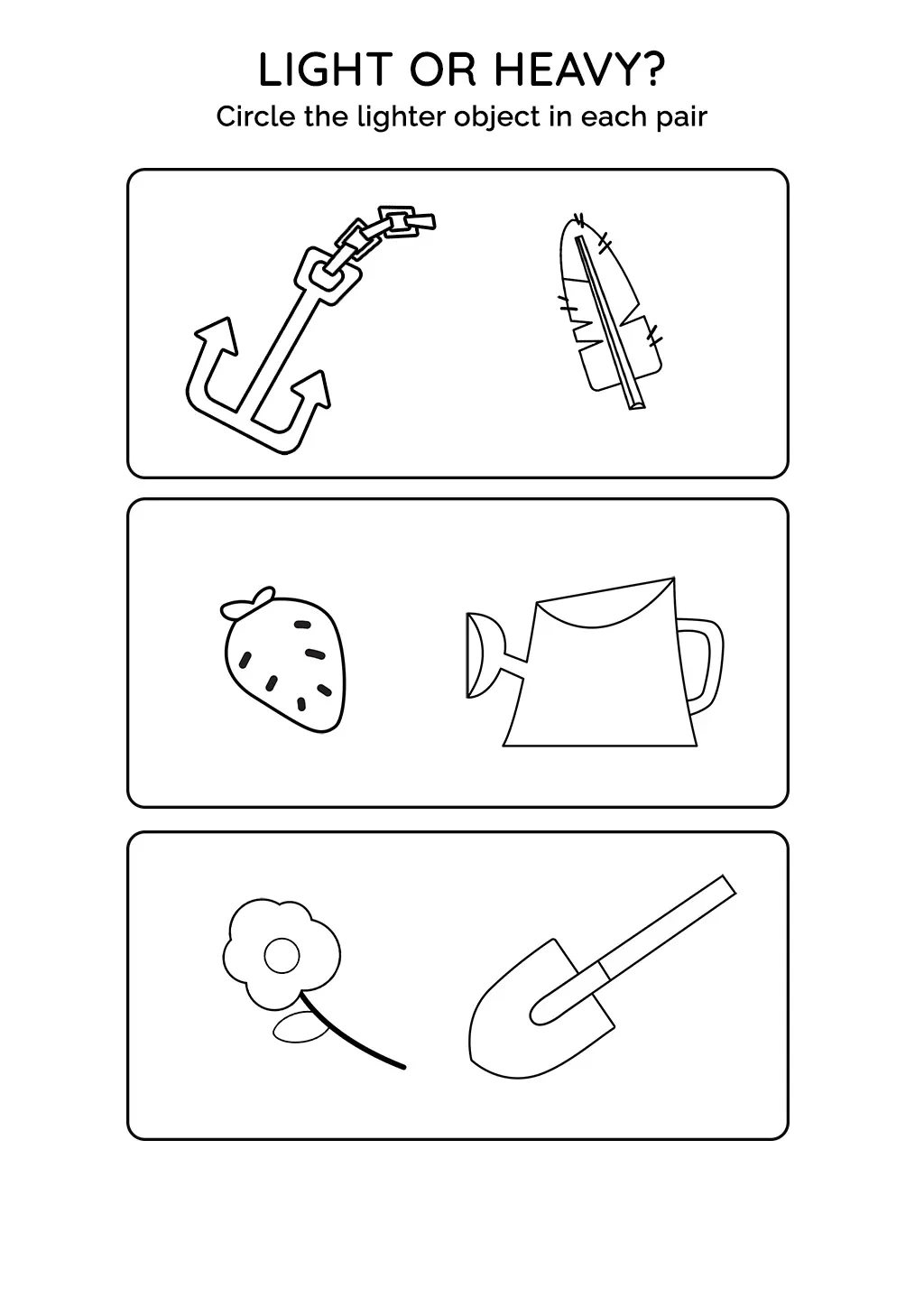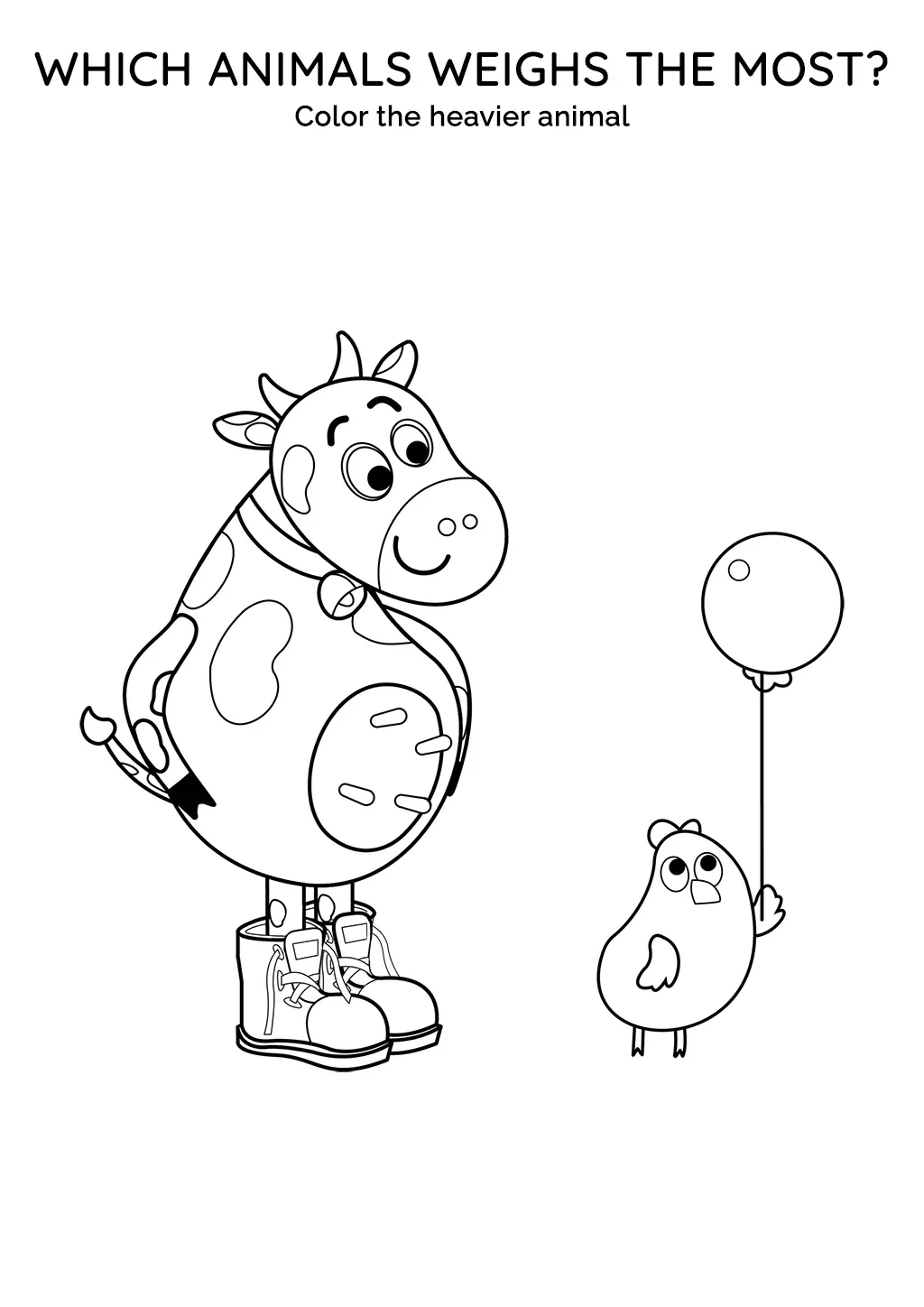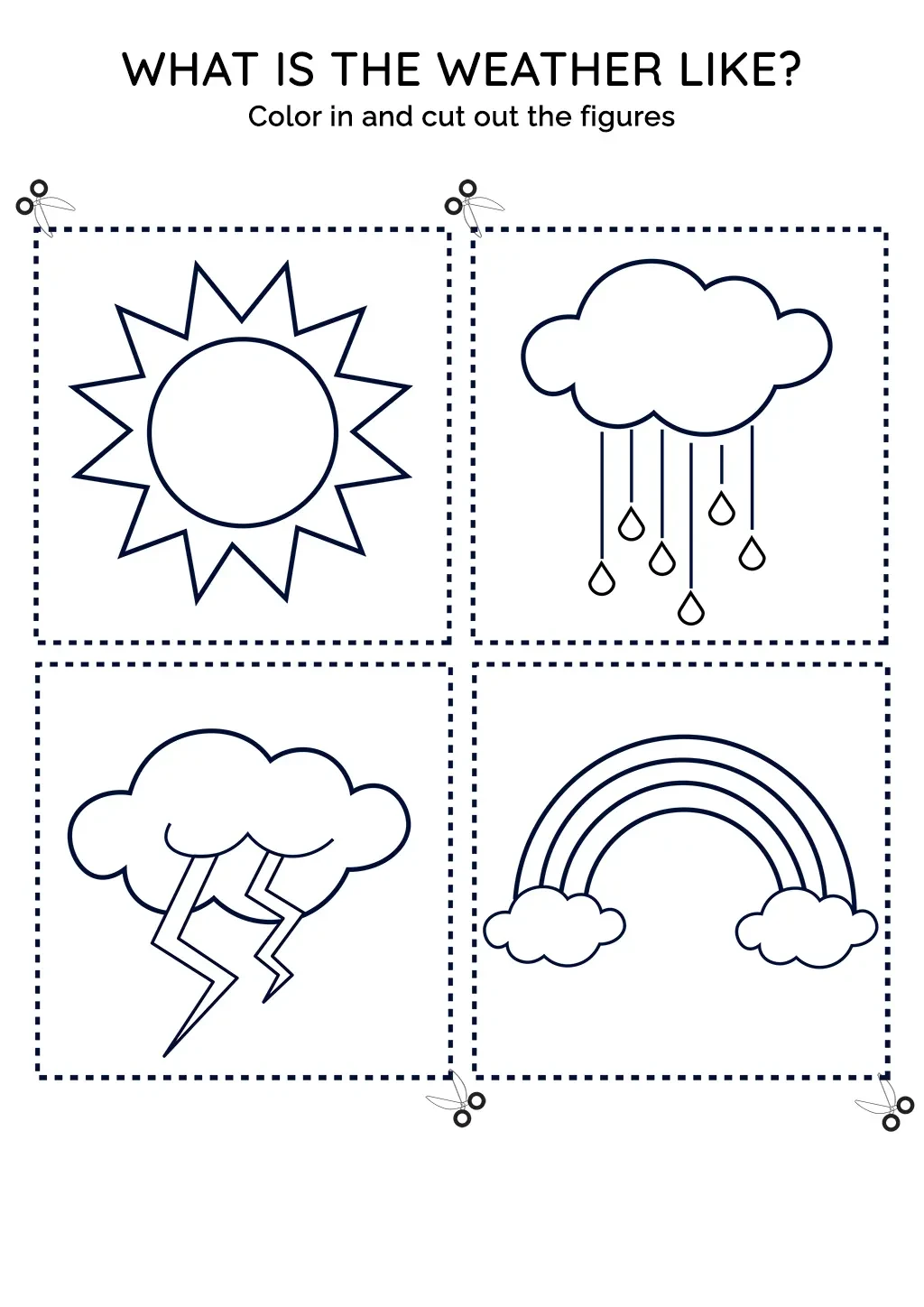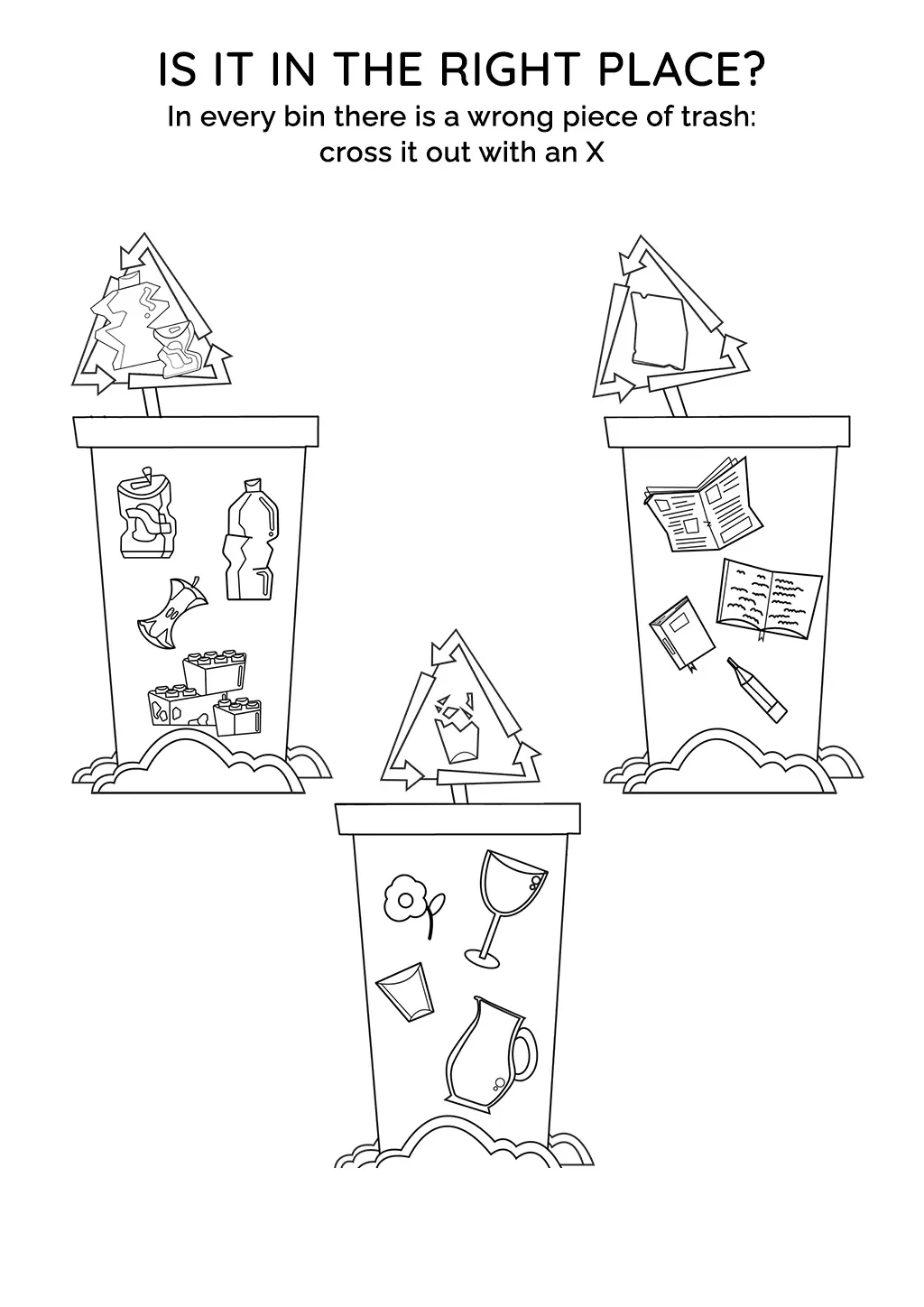The human body, with its complexity and multitude of functions, is a marvel of nature. For a young mind, understanding how this intricate system works might seem overwhelming. However, learning about the human body at an early age can spark a child’s curiosity, encouraging them to explore the realms of science, health, and biology in later years. In this journey of discovery, presenting the human body in a fun, engaging, and interactive way can make all the difference. From identifying basic body parts to understanding their functions, each step can be an exciting adventure for kids. With tools like interactive games, engaging stories, and educational cards, understanding the human body can become a joyous journey for young learners. This guide will help parents and educators in explaining the complexities of the human body in a way that is simple, entertaining, and child-friendly.
“The human body is the best picture of the human soul,” said renowned philosopher Ludwig Wittgenstein. The human body is not merely a mechanical system, but a representation of the harmony and synchronization that exist in nature. It consists of several organs and systems, each performing a specific function to maintain our overall health and wellbeing. Starting with the head, the brain serves as the control center for all body functions. The heart, on the other hand, pumps blood throughout the body, supplying oxygen and nutrients to various organs. The lungs allow us to breathe, while the stomach, liver, and intestines handle digestion. The kidneys filter out toxins, and the bones provide structure and support. Each part, no matter how small, has a crucial role in keeping us alive and active. To make this intricate network more understandable for kids, we can divide the human body into four primary categories: the circulatory system, the respiratory system, the digestive system, and the skeletal system. Through simple, interactive games and activities, children can be gradually introduced to these systems, leading them towards a deeper understanding of the human body.
Here are five enjoyable activities that can help children aged 3 to 6 learn about the human body and its functions:
Teaching children about the human body doesn’t have to be a boring lecture. With interactive games, fun activities, and imaginative stories, it can become a stimulating and enjoyable adventure.
One of the best ways to engage children in learning about the human body is through interactive experiences. Smart Tales offers an array of games, stories, and educational worksheets that can make this subject come alive. From identifying body parts to understanding their functions, each element of learning is transformed into an exciting exploration. Let’s delve into the resources available on Smart Tales to help children better understand the intricacies of the human body.
Smart Tales’ animated stories serve as a fantastic tool for teaching science to children. The vibrant and colorful illustrations capture children’s attention and curiosity, making learning an engaging and memorable experience.
In addition to stories, Smart Tales offers a series of interactive games related to science. This interactive learning approach helps children better understand concepts, making the educational experience more effective and enjoyable.
Reinforce your child’s understanding of the human body with our carefully curated educational worksheets. Our resources provide structured and fun activities that help children apply what they’ve learned about the human body.
As we conclude, it’s clear that understanding the human body can be an exciting journey for children when the right tools are employed. Using interactive stories, engaging games, and insightful worksheets available on Smart Tales, children can grasp the complexities of the human body in an enjoyable and effective manner. So embark on this exciting adventure and watch as the marvels of the human body unfold before your child’s eyes.
